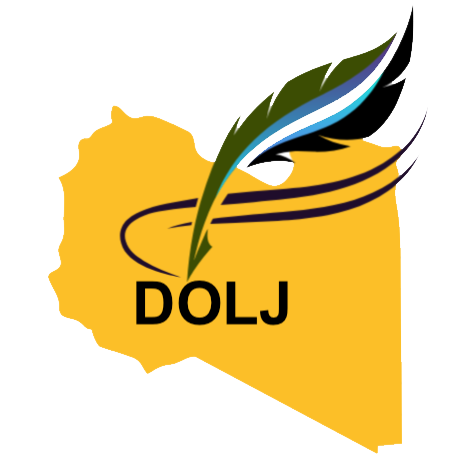تحليل التغيّرات المناخية القصيرة لاستخدامها في التخطيط والإدارة البيئية في إقليم الجبل الأخضر
DOI:
https://doi.org/10.54172/wb0nff31Keywords:
Short of Climatic Changes, Drought, Desertification, Management and Environmental PlanningAbstract
The semi-arid, sub-humid ecosystem responds quickly to negative environmental impacts and requires effective environmental planning and management. The Aljabal Elkader area falls under the Mediterranean climate region, and the combination of human activities and climate changes has led to economic and environmental deterioration, including desertification and reduced agricultural production. Analyzing rainfall data from Shhat St. and Derna St. (1945-2010), the following results were observed: The rainfall data showed homogeneity when analyzed using the sequentially runs test. The rainfall patterns exhibited four wet and four dry cycles (5-11 years and 4-14 years, respectively) in Shhat St., while Derna St. had two rainy periods (10-13 years) and three dry periods (5-22 years). The correlation analysis indicated a slight positive trend in rainfall for Shhat St. (1948-1969) and a slight negative trend for Derna St. (1984-1963), although these trends are not statistically reliable.
Downloads
Published
Issue
Section
License

This work is licensed under a Creative Commons Attribution-NonCommercial 4.0 International License.
Copyright of the articles Published by Almukhtar Journal of Social Science (MJSSc) is retained by the author(s), who grant MJSc a license to publish the article. Authors also grant any third party the right to use the article freely as long as its integrity is maintained and its original authors and cite MJSSc as the original publisher. Also, they accept the article remains published by the MJSSc website (except in the occasion of a retraction of the article).













